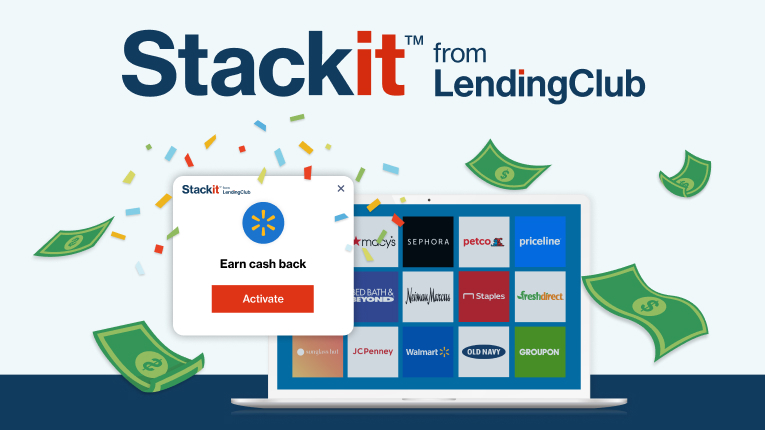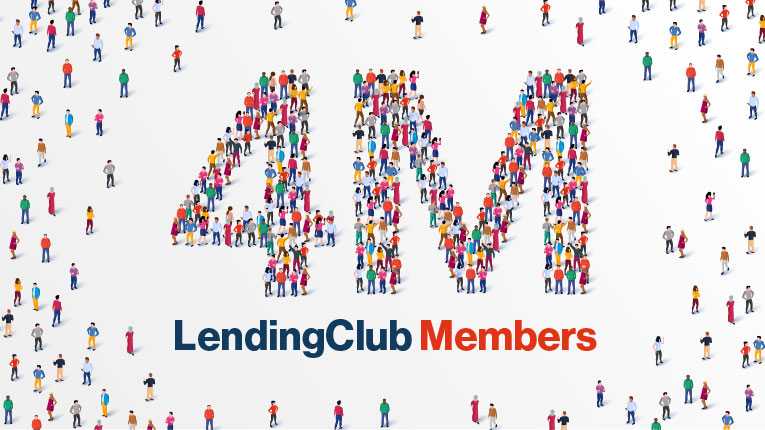{noun} A measure of the long-term trend of the change in the price of consumer goods and services.
Core Inflation
A request by a lender to a credit bureau to look at your full credit report that will impact your credit score.
What is Core Inflation?
Core inflation is a measure of the long-term trend of the change in the price of consumer goods, excluding the more volatile categories of food and energy.
How Is Core Inflation Measured?
Core inflation can be measured using one or more Bureau of Economic Analysis (BEA) price indexes, such as the Consumer Price Index (CPI), the Personal Consumption Expenditures Price Index (PCEPI), or the Gross Domestic Product Price Deflator. However, the Federal Reserve is currently on record as using core PCEPI data provided by the U.S. Bureau of Economic Analysis (BEA) as its preferred core inflation gauge.
The core PCE price index is a measure of the prices that U.S. consumers pay for goods and services, excluding food and energy (as these categories may distort overall trends). The core PCE price index is known for capturing inflation (or deflation) across a wide range of consumer expenses as well as changes in consumer behavior.
The Federal Reserve uses the core PCE price index (versus the CPI) to measure core inflation because it tends to show inflation trends that are less influenced by short-term price changes. Also, the BEA uses existing gross domestic product (GDP) data and, along with monthly retail survey data, compares this with CPI data to remove data irregularities and provide a holistic and detailed view of long-term trends.
Why Are Food and Energy Costs Excluded?
Food and energy costs have a direct impact on household budgets, and they tend to be the focus of the media during times of high inflation. However, because these categories can swing wildly and rapidly in either direction, they’re not considered representative of the overall changes in price levels and are excluded from core inflation calculations.
Why Is Core Inflation Important?
Core inflation is important because it is used to determine the relationship between the price of goods and services and consumer income.
Over time, if the prices for goods and services rise while consumer income stagnates, this trend can erode consumers’ purchasing power. In other words, the value of money (or income) decreases because of the rising cost of goods and services. And if the cost of goods and services rises too quickly, it could cause a slowdown in overall economic growth due to consumers having less spending power to contribute to the economy.
Inflation can be particularly damaging if consumer income doesn’t keep up with the rate of core inflation. If core inflation increases faster than your income, your standard of living may suffer as a result.
On the other hand, if the prices of goods and services remain constant while wages and salaries increase, consumers’ purchasing power rises. Typically, in this environment asset inflation also occurs (e.g., rising investment portfolios and real estate prices) which can provide consumers with potential extra spending power.
How Does Core Inflation Affect the Economy?
If the core inflation rate increases too quickly, it can have a broad impact on the overall economy, hurting consumers and businesses alike and stalling economic growth.
One of the tasks of the Federal Reserve is to help maintain a healthy inflation rate for the U.S. economy. One way the agency does this is by raising and lowering its federal funds rate, which influences short-term interest rates charged by lenders on consumer loans, including credit cards, personal loans, auto loans, and more.
How Does the Federal Reserve Try to Control Inflation?
The Federal Reserve influences the availability and cost of money and credit to promote a healthy economy. Generally, the Federal Reserve makes monetary policy decisions using three primary tools (reserve requirements, discount rate, and open market requirements) to make monetary policy decisions which then influence the federal funds rate—the interest rate that rate financial institutions charge each other for loans in the overnight market for reserves.
If the core inflation rate is seen as on trend to exceed the Federal Reserve’s target of 2% and remains there, the Federal Reserve may consider using one or more of its monetary policy tools to influence and raise its federal funds rate. If this happens, lenders may increase their interest rates, making borrowing more expensive for consumers. The expected result is lower consumer spending and less demand for goods and services, followed by an expected drop in the rate of inflation.
Another effect of a higher federal funds rate is higher interest rates on deposit accounts, particularly high-yield CDs and high-yield savings accounts. But if these rates are lower than the core inflation rate, consumers will still lose purchasing power.
You May Also Like










